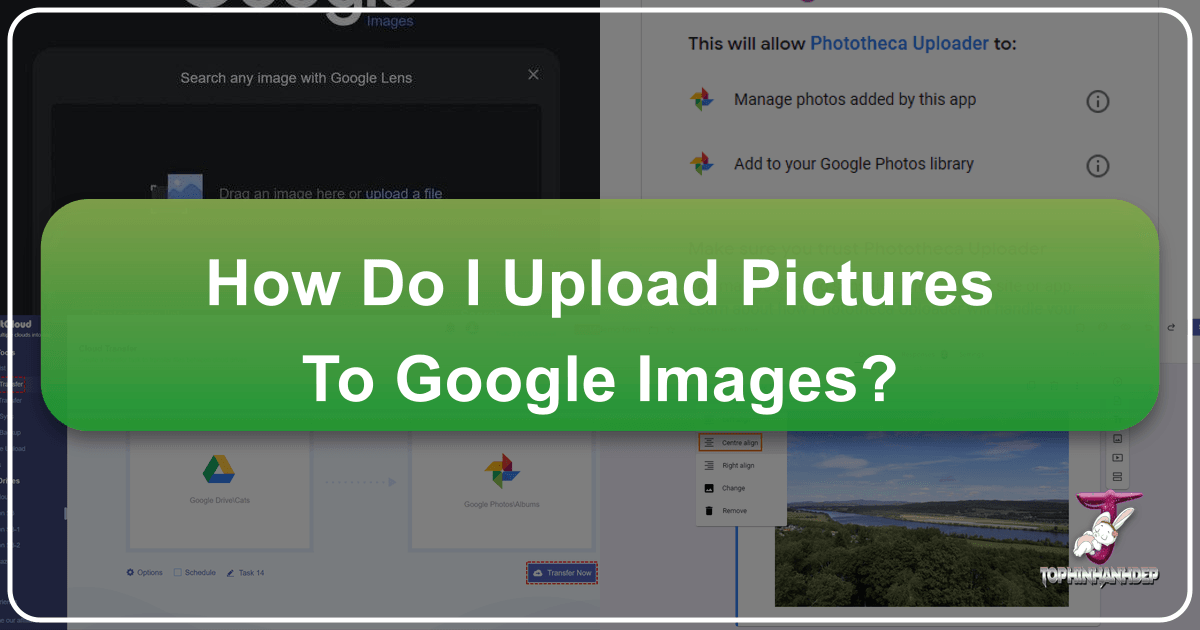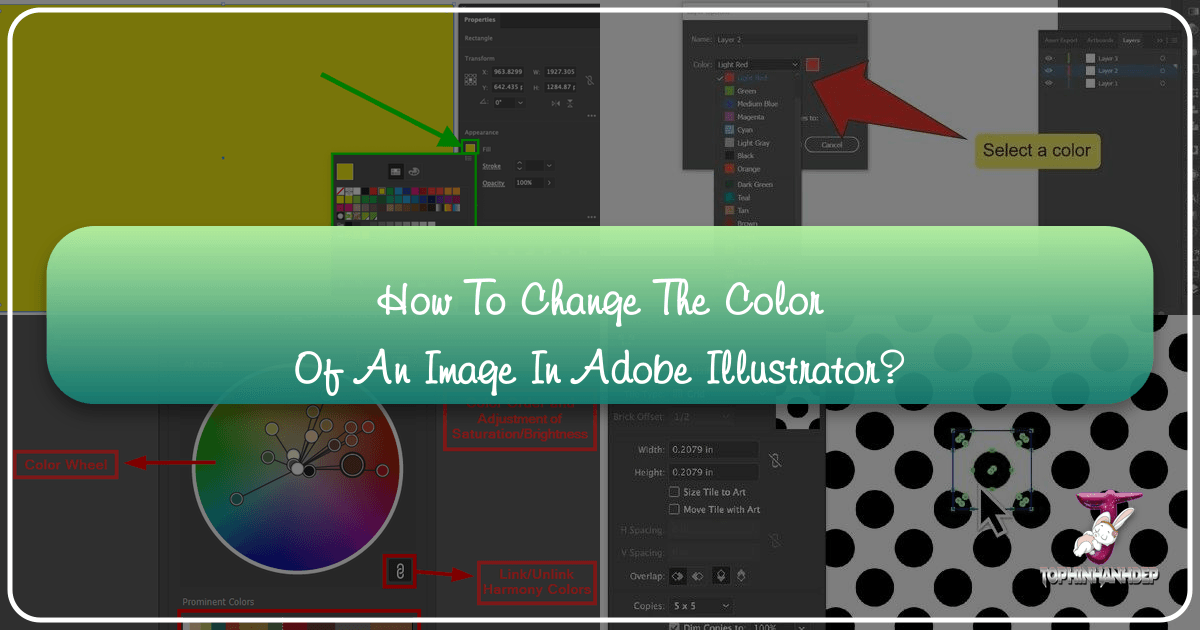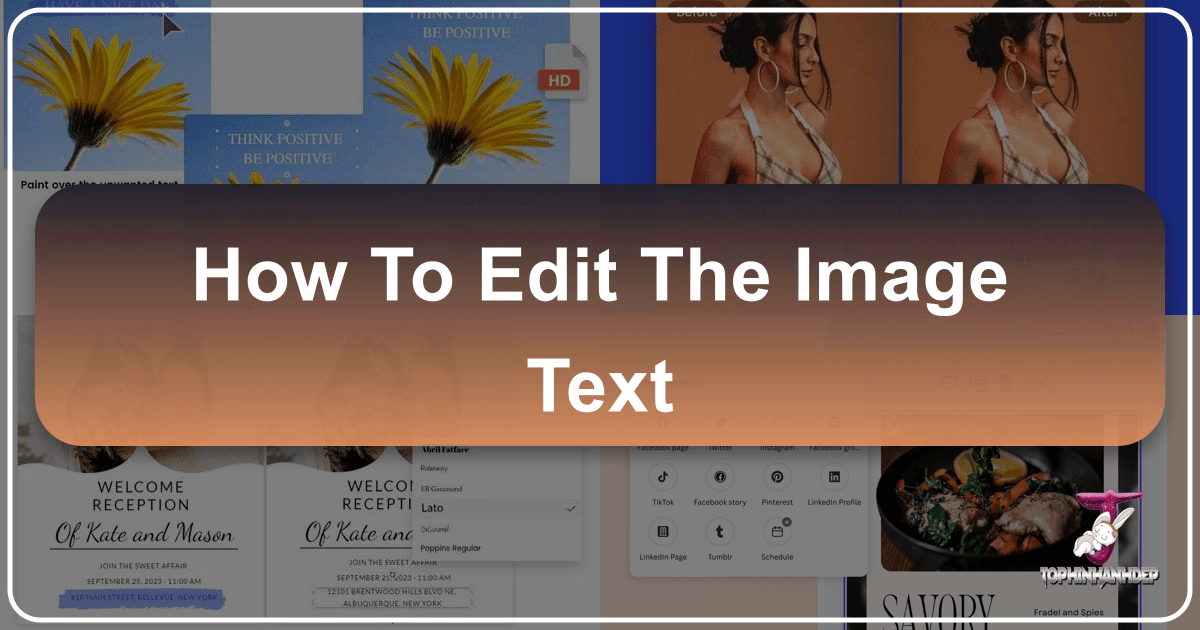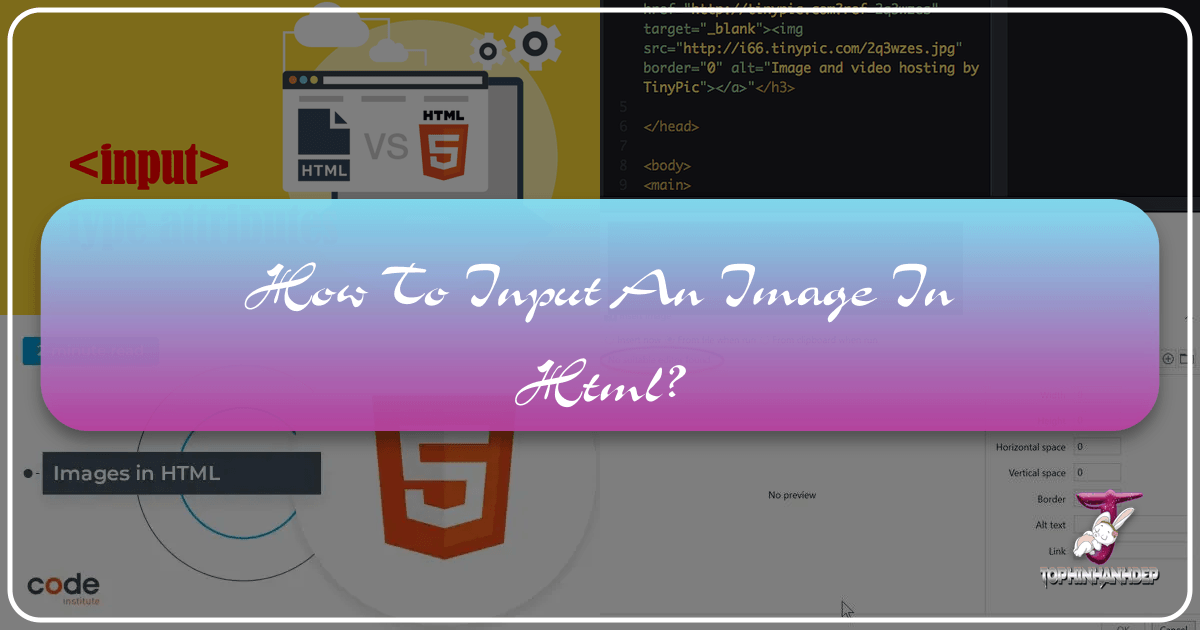Mastering Google Image Visibility: Your Comprehensive Guide to Uploading Pictures to Google
In today’s visually driven world, getting your images discovered online is more important than ever. Whether you’re a professional photographer showcasing your portfolio, a business aiming to attract customers with compelling visuals, or simply someone who wants their personal memories to be accessible across devices, understanding how to “upload pictures to Google Images” is a common quest. However, the phrase itself often leads to a misunderstanding: you can’t directly “upload” a picture to Google’s search engine in the same way you upload to a social media platform. Instead, you upload your images to web locations that Google actively indexes, making them discoverable through Google Images.





